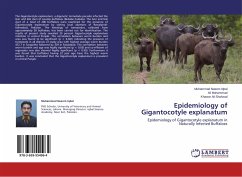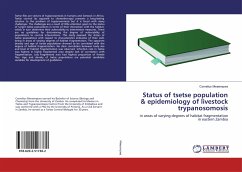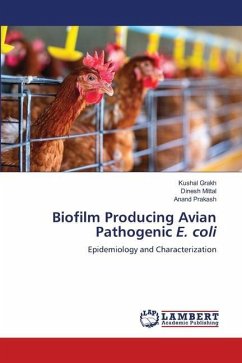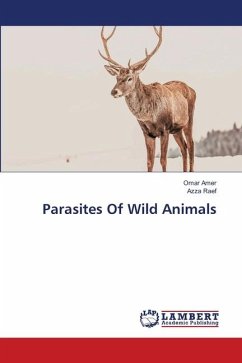The Gigantocotyle explanatum, a digenetic termatode parasite infected the liver and bile duct of swamp buffaloes (Bubalus bubalis). The liver and bile duct of a total of 200 buffaloes were examined for the presence of Gigantocotyle explanatum by visiting local abattoirs of Rawalpindi-Islamabad, Pakistan. The histology of trematodes, collected from approximately 50 buffaloes, has been carried out for identification. The results of present study revealed 25 percent Gigantocotyle explanatum infection in central Punjab. The correlation between worm burden and area was found to be significant (p 0.041) indicating the presence of trematode in all districts of study area with highest average worm burden 472.7 in Sargodha followed by 329 in Faisalabad. The correlation between worm burden and age was highly significant (p 0.05) and co-efficient of regression was also showed highly significant (p 0.05). Furthermore it was found that buffaloes having 22 year age have the highest worm burden. It was concluded that the Gigantocotyle explanatum is prevalent in central Punjab.
Bitte wählen Sie Ihr Anliegen aus.
Rechnungen
Retourenschein anfordern
Bestellstatus
Storno








